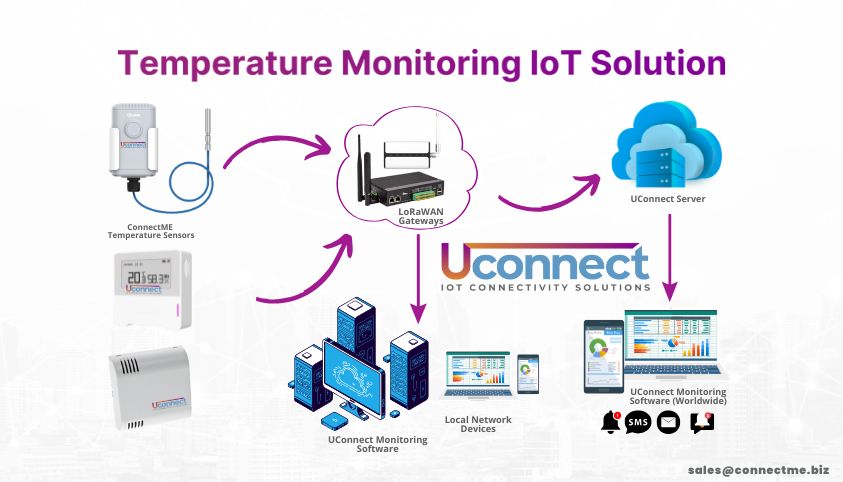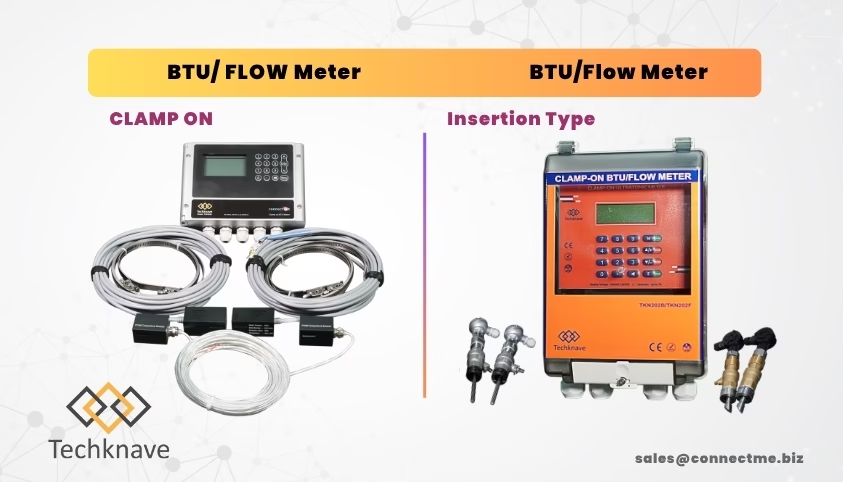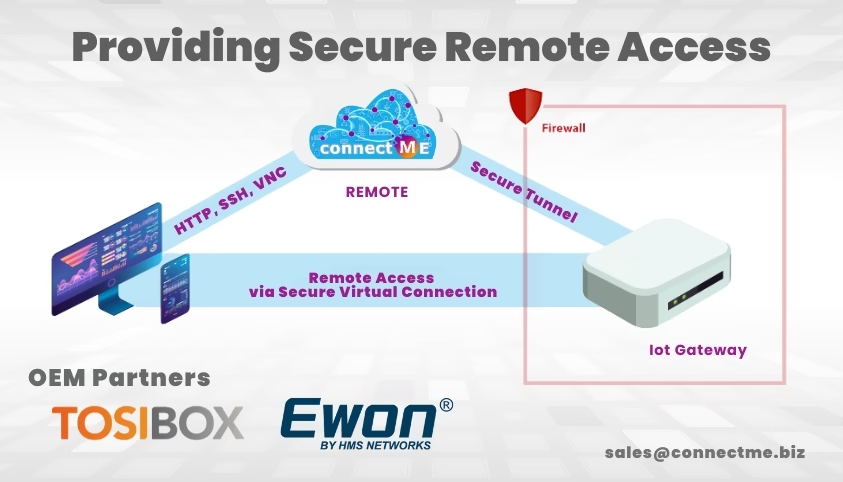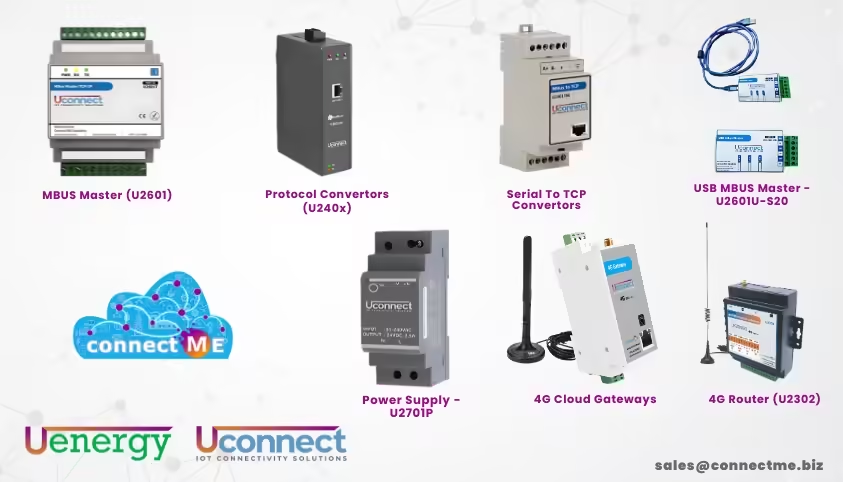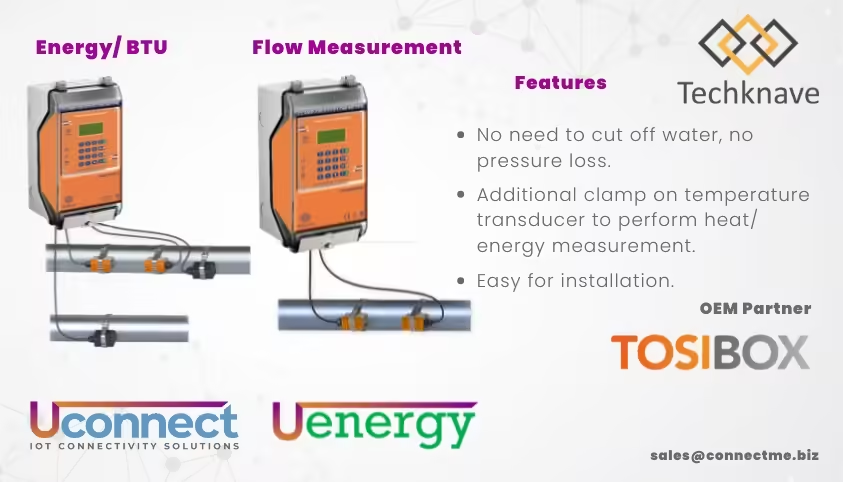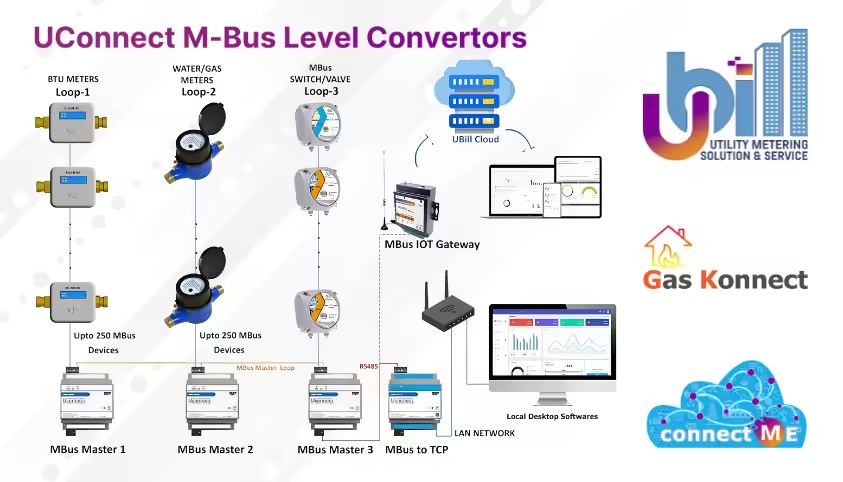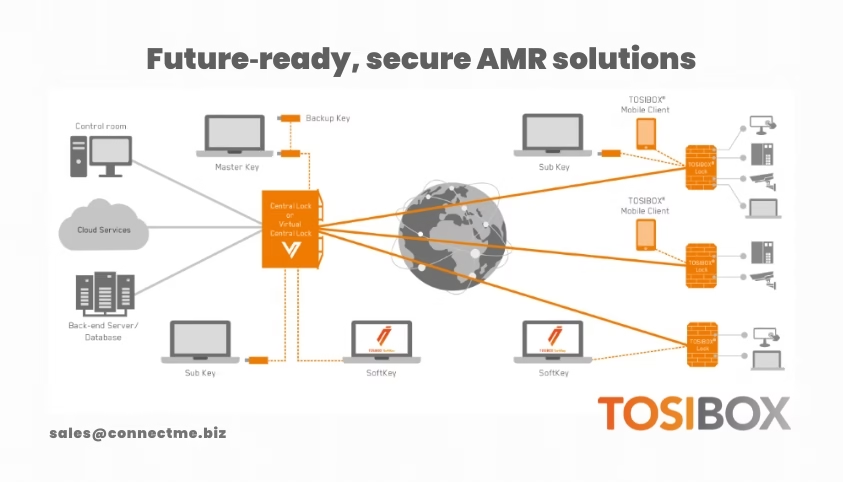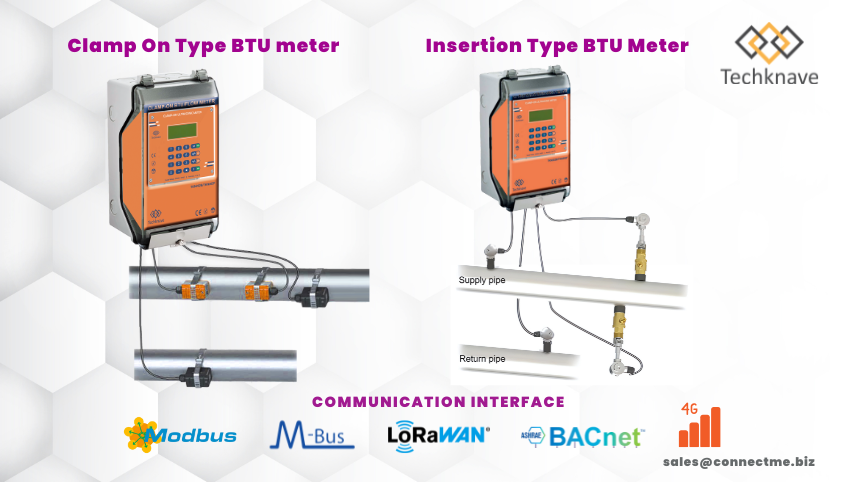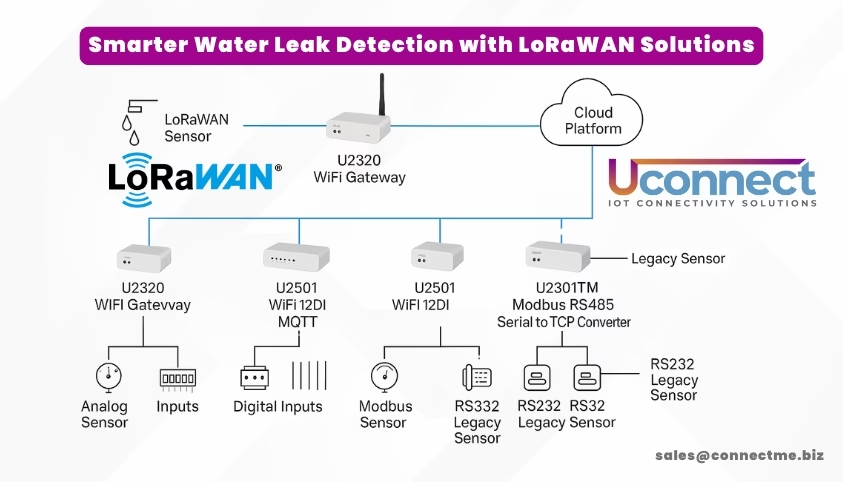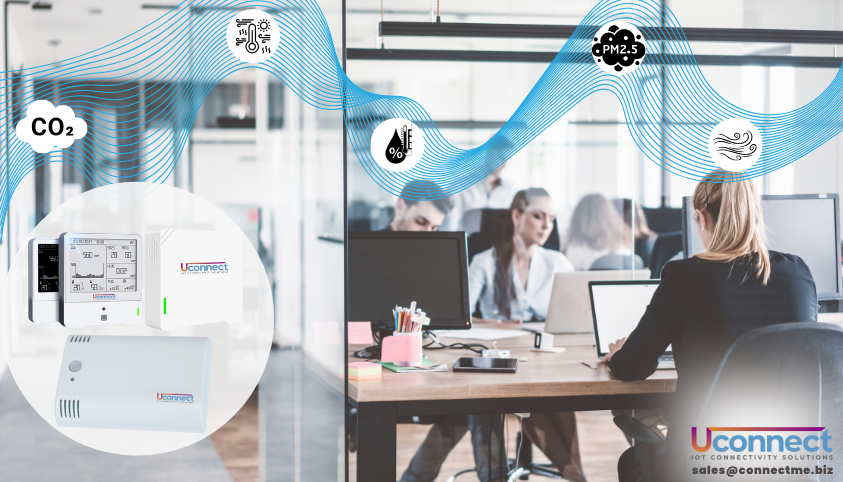
Indoor air quality (IAQ) is no longer “nice to have.” From employee wellbeing and productivity to regulatory compliance and energy efficiency, the air inside buildings directly affects business outcomes. But measuring air is only step one — the real power is in continuous sensing plus real-time connectivity and intelligence. That’s where ConnectMe Solutions’ UCONNECT IAQ Sensors come in: a purpose-built IoT platform that turns raw environmental readings into actionable insights, automated control, and verifiable reports.
What a modern IAQ system must do
A robust IAQ system must:
* Continuously monitor the right parameters (not just temperature) — e.g., particulate matter (PM1/2.5/10), CO₂, volatile organic compounds (VOCs), formaldehyde (HCHO), relative humidity, and temperature.
* Deliver reliable, calibrated readings (low drift, known uncertainty).
* Connect securely to backend systems for analytics and automated control (BMS, VAV boxes, rooftop units, or simple exhaust/ventilation relays).
* Provide real-time alerts, historical trends and compliance reporting.
* Be easy to deploy and maintain at scale.
UCONNECT is designed to meet precisely these requirements: precise multi-parameter sensing, flexible and secure connectivity, edge intelligence, and enterprise-grade manageability.
“Our vision is simple: sense what matters, act fast, learn continuously. UCONNECT brings sensing, connectivity and cloud intelligence together so buildings can be proactive, not reactive. With UCONNECT, we don’t just measure the air — we close the loop. Sensing, analytics and control working together reduce risk, save energy and improve comfort.“– KOTHANDAPANI (KOTHS), IIOT SPECIALIST AT CONNECTME SOLUTIONS
UCONNECT IAQ SENSORS — product capabilities (what they actually do)
Core sensing
* High-accuracy PM1/2.5/10 optical sensor array for continuous particulate monitoring.
* NDIR CO₂ sensor for reliable occupancy and ventilation analytics.
* tVOC sensor (wide-spectrum VOC detection) and optional electrochemical HCHO sensor for formaldehyde.
* Temperature and relative humidity (RH) sensors with condensation-resistant design.
* Optional acoustic (noise) and light sensors for context-aware comfort analytics.
Connectivity & interoperability
* Multiple comms options: Wi-Fi, Ethernet, LoRaWAN and cellular (NB-IoT / LTE-M) to accommodate building networks and campus deployments.
* Standardized data output via MQTT and RESTful API; native integrations with common BMS protocols (BACnet/IP, Modbus TCP) for automated ventilation control.
* Local edge processing to reduce network traffic and enable rapid control actions (e.g., SOB—sensor-triggered boost ventilation).
Security & device management
* Mutual TLS, device certificates and role-based access control for secure telemetry.
* Over-the-air (OTA) firmware updates, remote calibration profiles and device health monitoring to keep fleets accurate and manageable.
* Encrypted data-at-rest and in-transit.
Deployment-ready design
* Wall- and ceiling-mount enclosures with tamper detection.
* Low-power options and battery-backed configurations for retrofit or temporary monitoring.
* Modular sensor board design so customers can select the exact sensor suite they need.
How UCONNECT turns sensor data into business value
- Demand-controlled ventilation: Using CO₂ and occupancy proxies, UCONNECT can trigger HVAC systems to increase fresh-air intake when needed — improving IAQ while avoiding unnecessary energy use.
- Early hazard detection: Rapid VOC or HCHO rises can trigger alerts and ventilation actions before occupants notice symptoms.
- Health & productivity insights: Correlating IAQ trends with absenteeism or comfort complaints gives facilities managers evidence to prioritize interventions.
- Compliance & reporting: Automated logs and exportable reports help with audits, certifications, or internal KPIs.
- Predictive maintenance: Device health telemetry and trend analysis help schedule filter changes, sensor re-calibration, and ventilation servicing before failures occur.
Where UCONNECT delivers most
* Office buildings & co-working: Improve employee comfort, support hybrid occupancy analytics, and implement demand ventilation to save energy.
* Schools & universities: Monitor CO₂ and ventilation to protect vulnerable populations and optimize classroom ventilation schedules.
* Healthcare settings: Continuous particle, VOC and HCHO monitoring to support infection control and maintain strict environmental conditions.
* Retail, hospitality & F&B: Maintain guest comfort while detecting kitchen or back-of-house emissions early.
* Industrial & labs: Supplemental monitoring for processes that generate particulates or VOCs; interface with local exhaust systems.
Deployment & operational best practices
Sensor placement
* Mount sensors in representative occupied zones — typically 1.1–1.7 m above finished floor for breathing zone sampling, or ceiling-mounted for general area monitoring. Avoid dead-air corners, direct supply diffusers, or direct sunlight.
Density & coverage
* One sensor per small room (classrooms, meeting rooms) and a grid-based approach for large open-plan spaces; calibrate density to the criticality of the space (labs vs. storage).
Calibration & maintenance
* Use factory calibration for baseline accuracy, followed by periodic field checks or automated calibration against reference stations where required. Monitor sensor drift and schedule re-calibration or replacement per device telemetry.
Integration with HVAC
* Implement control hysteresis and minimum run-time rules to avoid short-cycling HVAC equipment; simulate control actions in the analytics layer before enabling closed-loop control in production.
Voices from users and experts
“Installing UCONNECT across our office floors gave us actionable ventilation controls. We saw fewer comfort complaints and our facilities team reduced rush maintenance calls because the sensors warned us ahead of time.” — Amira Khan, Facilities Manager, Regional Tech Firm (end user)
“For schools, continuous CO₂ monitoring is a game changer — it lets custodians and teachers make real-time decisions about airing out rooms or staggering activities.” — *Dr. Samuel Ortiz, Environmental Health Specialist (industry professional)
“A sensor is only as useful as the data platform behind it. ConnectMe’s telemetry pipeline and APIs let us embed IAQ into our energy optimization algorithms without reinventing the stack.” — Lina Chen, Smart Buildings Consultant (industry expert)
These feedback reflect the kinds of outcomes organizations report when they combine reliable sensing with integrated IoT management and analytics.
Measuring ROI — what to expect
While exact returns vary by building and climate, organizations realize value across three areas:
* Health & productivity: Reduced complaints and improved occupant comfort; easier case for workplace wellbeing programs.
* Energy efficiency: More targeted ventilation reduces unnecessary fresh-air conditioning loads during low-occupancy periods.
* Operational savings: Predictive maintenance and remote diagnostics reduce truck rolls and emergency repairs.
ConnectMe helps quantify these benefits by delivering historic and near-real-time datasets that facilities teams can analyze alongside energy and HR metrics.
Privacy, compliance and ethical considerations
ConnectMe’s platform supports privacy-by-design: occupancy inferences are made from aggregated CO₂ and environmental data rather than individual tracking. Data access controls, audit logs, and anonymized exports help customers meet internal policies and regional privacy obligations.
IoT + IAQ = proactive occupant care
Indoor air quality is a continuous system: sensing, intelligence, and control must work together. ConnectMe Solutions’ UCONNECT IAQ Sensors are designed not as isolated devices but as the sensing layer of an IoT ecosystem — securing telemetry, enabling automated responses, and feeding analytics that turn environmental data into safe, comfortable, and efficient spaces.
